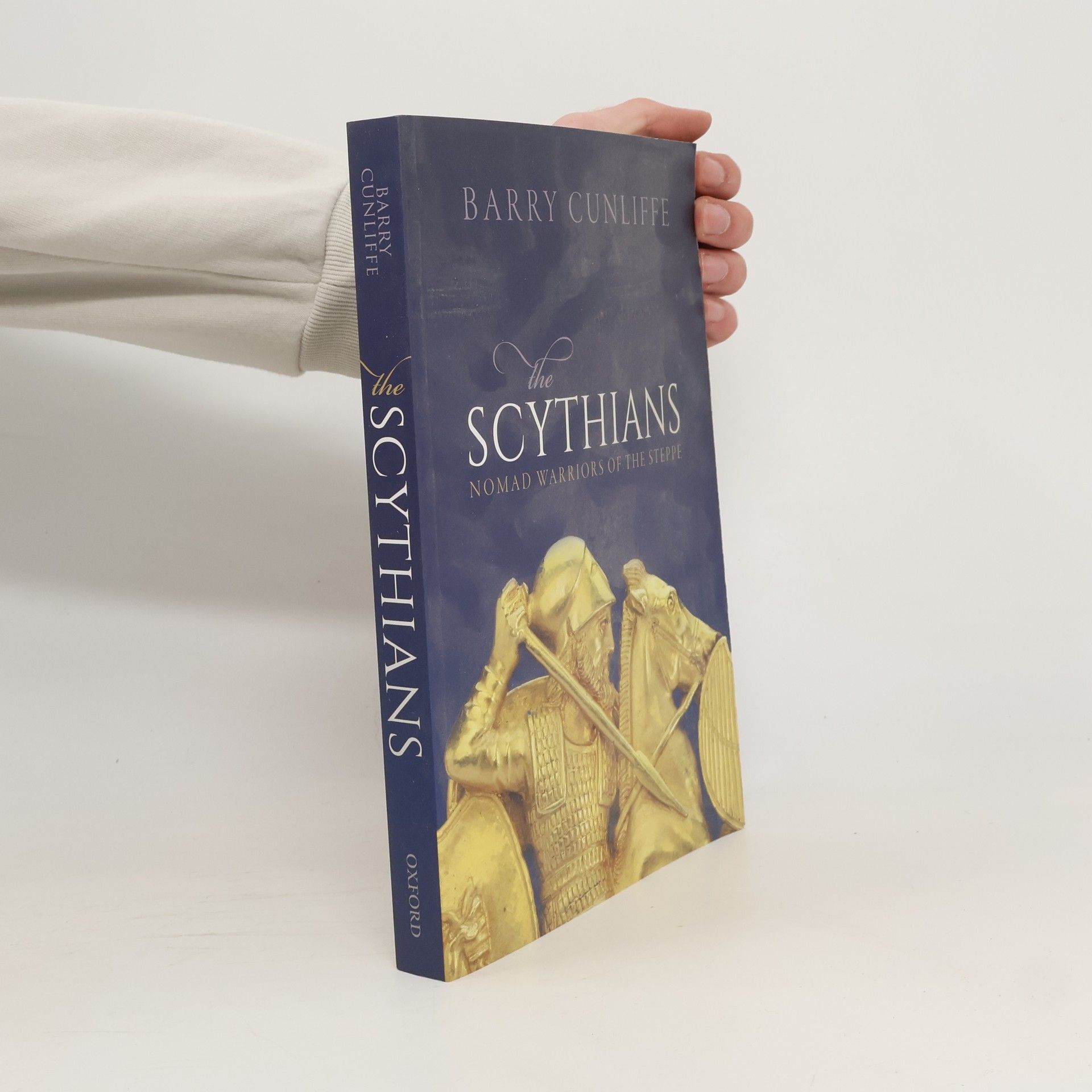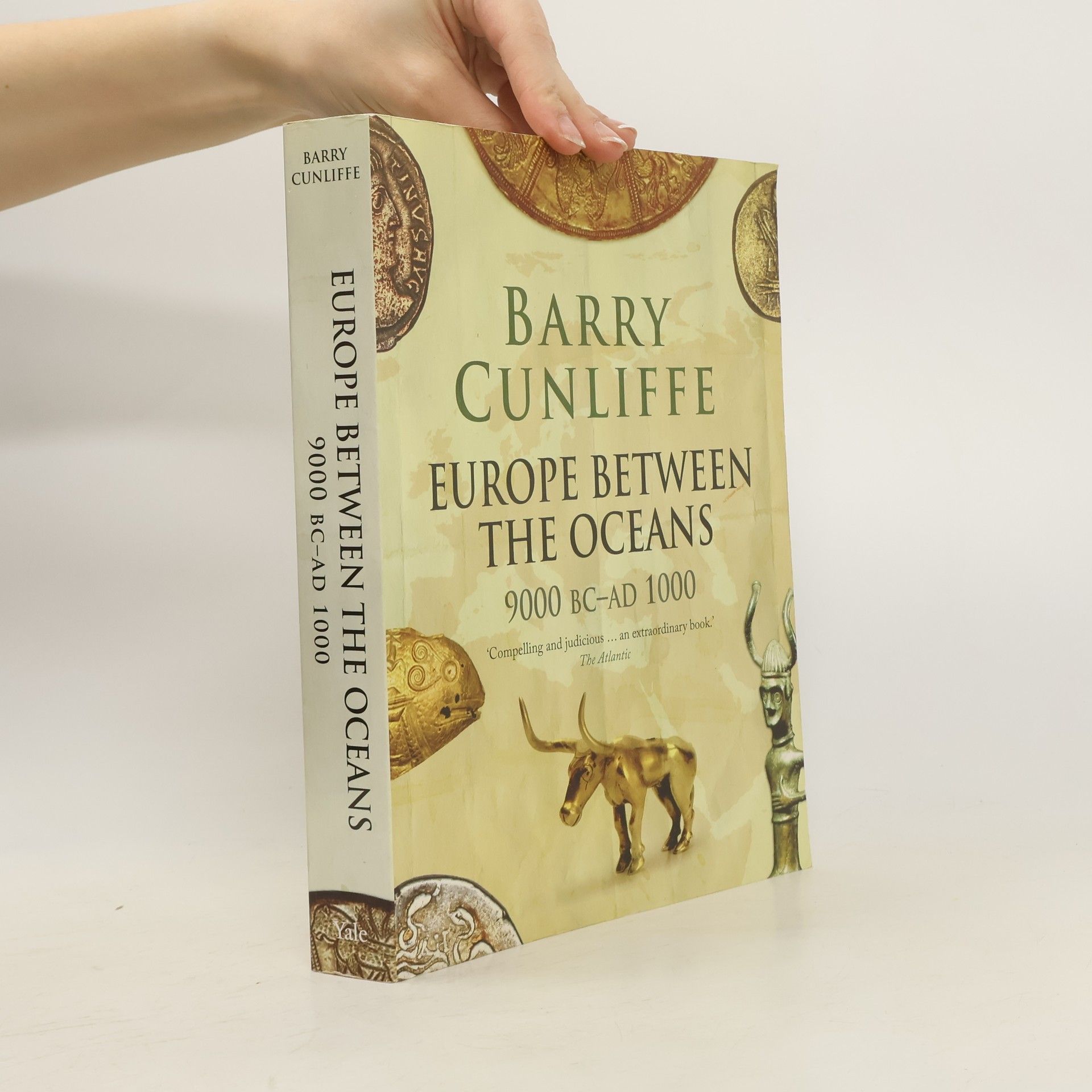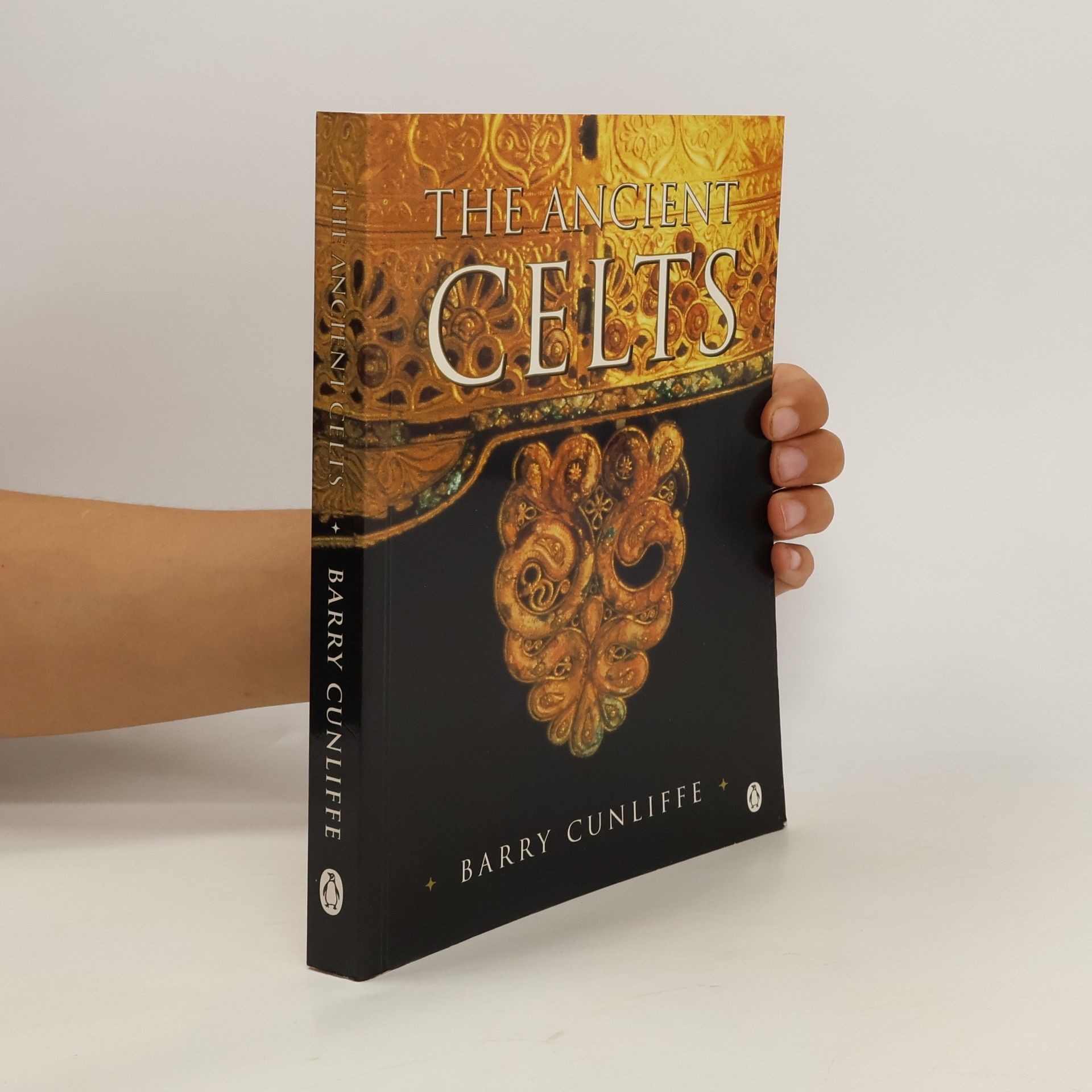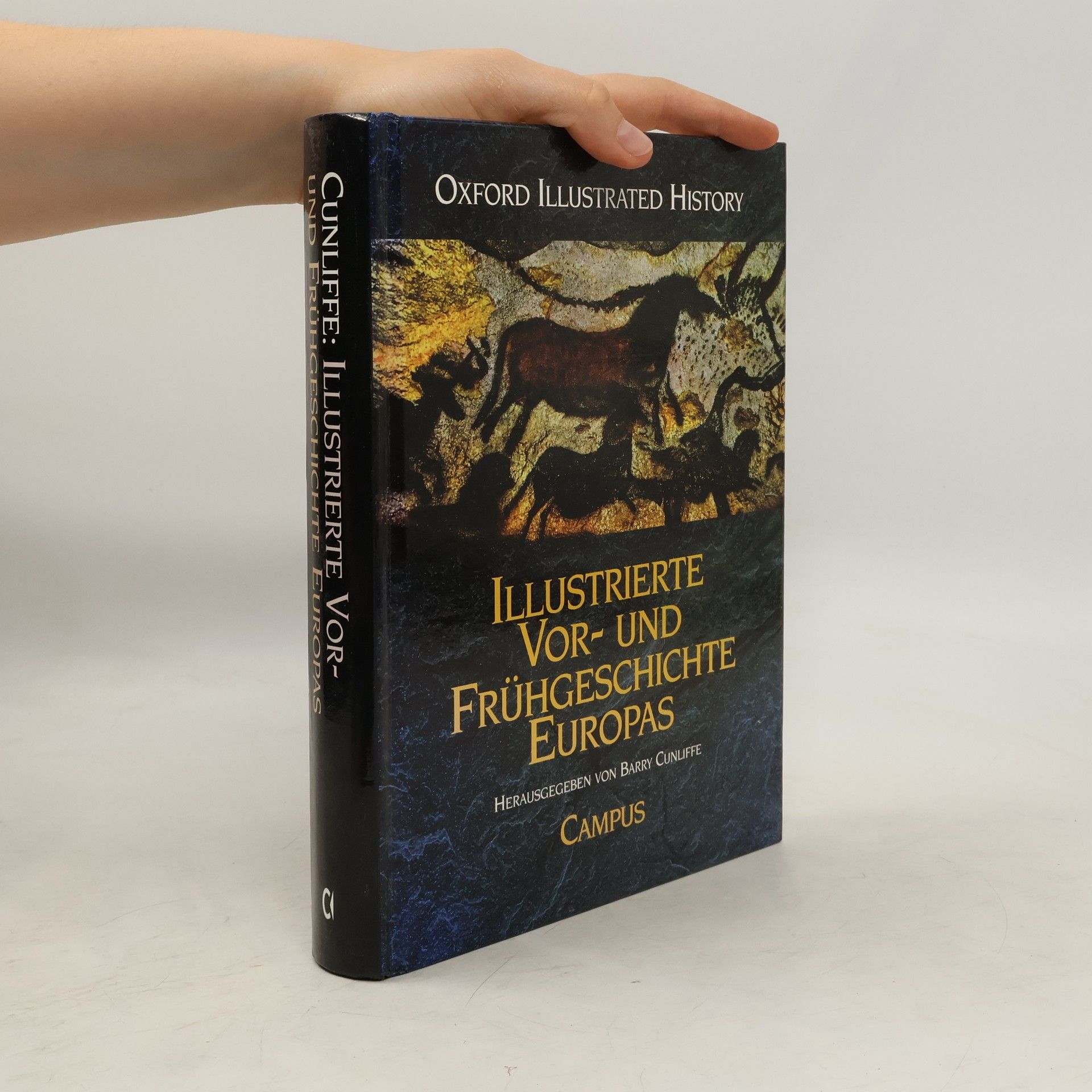The book delves into the interconnected cultural developments of mainland Europe and the Mediterranean Basin, examining key themes such as economic strategies, trade dynamics, and the interactions between civilized centers and their peripheral regions. By analyzing these systems, it sheds light on the complexities of societal structures and relationships in ancient times.
Barry Cunliffe Book order







- 2024
- 2023
Northern Africa is dominated now by the Sahara Desert, stretching across the continent from the Atlantic Ocean to the Red Sea. This book is about the people who lived around the edges of the Desert and the different ways in which they responded to its challenges, establishing networks of communication across its expanse.
- 2021
A long history of the Bretons, from prehistoric times to the present, and the very close relationship they have had with their British neighbours. It is a story of a fiercely independent people and their struggle to maintain their distinctive identity.
- 2019
The Scythians
- 416 pages
- 15 hours of reading
The Scythians were warlike nomadic horsemen who roamed the steppe of Asia in the first millennium BC. Using archaeological finds from burials and texts written, mainly, by Greeks, this book reconstructs the lives of the Scythians, exploring their beliefs, their burial practices, their love of fighting and their flexible attitude to gender.
- 2017
By Steppe, Desert, & Ocean
- 544 pages
- 20 hours of reading
[This book] demonstrates how wrong Kipling was: East may be East and West may be West, but over the millennia the twain have repeatedly met. Tom Holland, Books of the Year 2015, History Today
- 2017
By steppe, desert, and ocean : the birth of Eurasia
- 530 pages
- 19 hours of reading
By Steppe, Desert, and Ocean is nothing less than the story of how humans first started building the globalized world we know today. Set on a huge continental stage, from Europe to China, it is a tale covering over 10,000 years, from the origins of farming around 9000 BC to the expansion ofthe Mongols in the thirteenth century AD.An unashamedly "big history", it charts the development of European, Near Eastern, and Chinese civilizations and the growing links between them by way of the Indian Ocean, the silk Roads, and the great steppe corridor (which crucially allowed horse riders to travel from Mongolia to the GreatHungarian Plain within a year). Along the way, it is also the story of the rise and fall of empires, the development of maritime trade, and the shattering impact of predatory nomads on their urban neighbours.Above all, as this immense historical panorama unfolds, we begin to see in clearer focus those basic underlying factors--the acquisitive nature of humanity, the differing environments in which people live, and the dislocating effect of even slight climatic variation--which have driven changethroughout the ages, and which help us better understand our world today.
- 2011
Europe Between the Oceans 9000 BC - AD 1000
- 518 pages
- 19 hours of reading
By the fifteenth century Europe was a driving world force, but the origins of its success have until now remained obscured in prehistory. In this book, distinguished archaeologist Barry Cunliffe views Europe not in terms of states and shifting political land boundaries but as a geographical niche particularly favored in facing many seas. These seas, and Europe's great transpeninsular rivers, ensured a rich diversity of natural resources while also encouraging the dynamic interaction of peoples across networks of communication and exchange. The development of these early Europeans is rooted in complex interplays, shifting balances, and geographic and demographic fluidity.
- 2009
Keltové : průvodce pro každého
- 214 pages
- 8 hours of reading
Kniha o počátcích křesťanství u Keltů v raném období středověku a o jeho vývoji na keltských územích.
- 2000
Illustrierte Vor- und Frühgeschichte Europas
- 590 pages
- 21 hours of reading
- 1997
This is a panoramic view of world history from the time the first humans appeared to the present day. Each section is introduced by a series of maps which give a bird's eye view of the state of the world at significant moments in each era. These snapshot surveys are then followed by area maps which give regional detail, depicting the growth of empires, military campaigns, and the spread of settlements, towns, agriculture and technology. Cultural and religious developments are also shown. To complete the picture, each map carries with it a wealth of annotation and is supported by essays and timelines.


